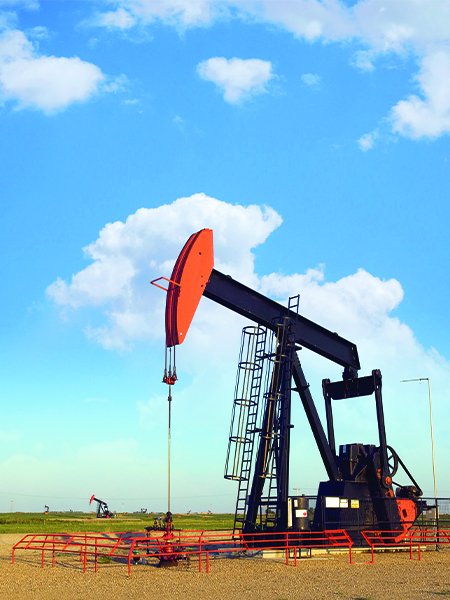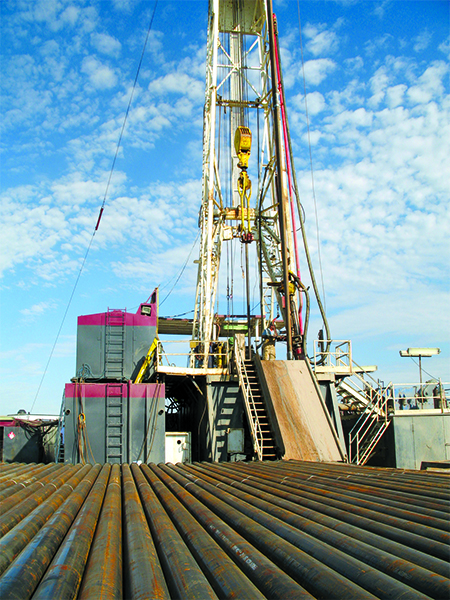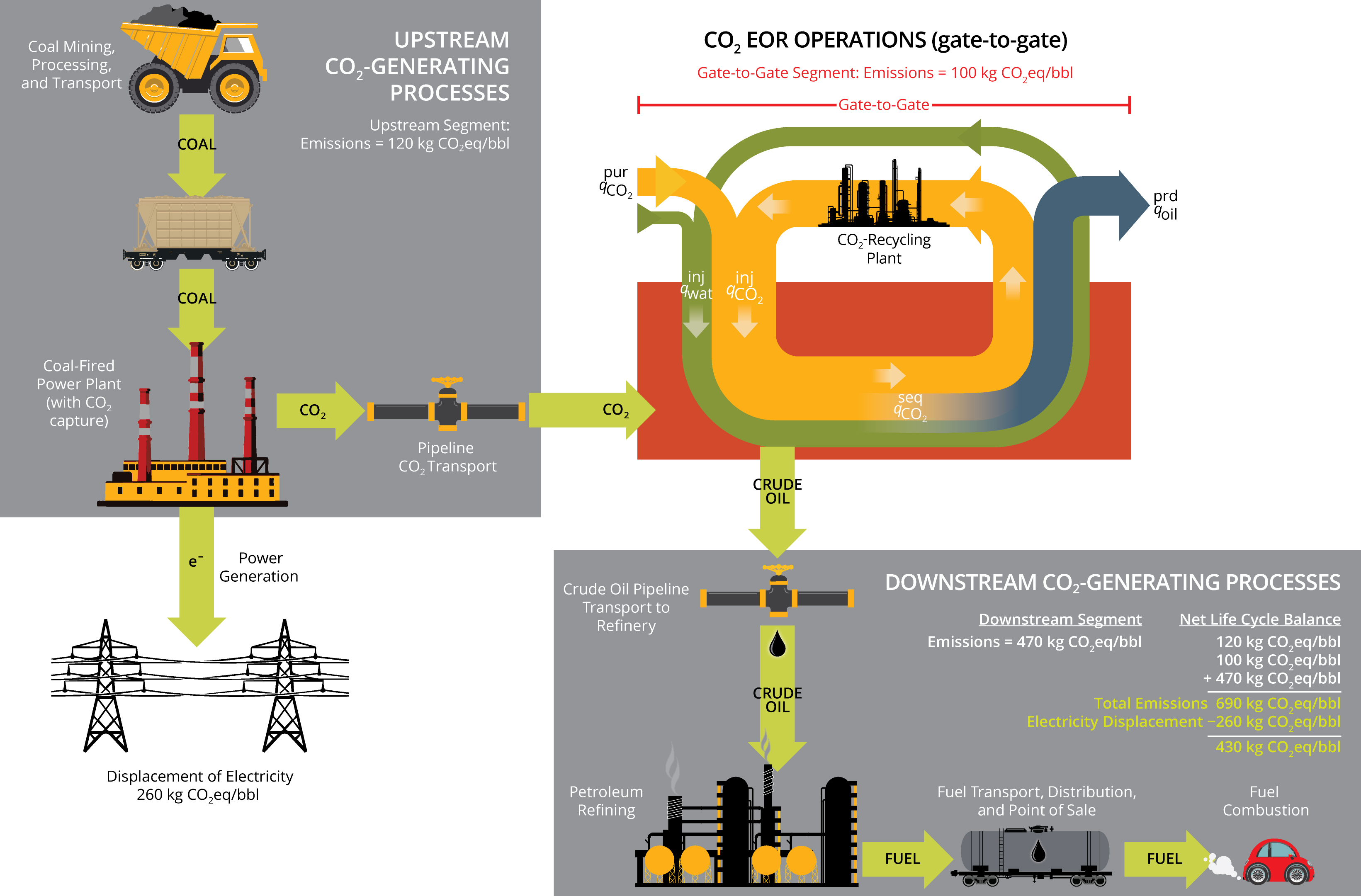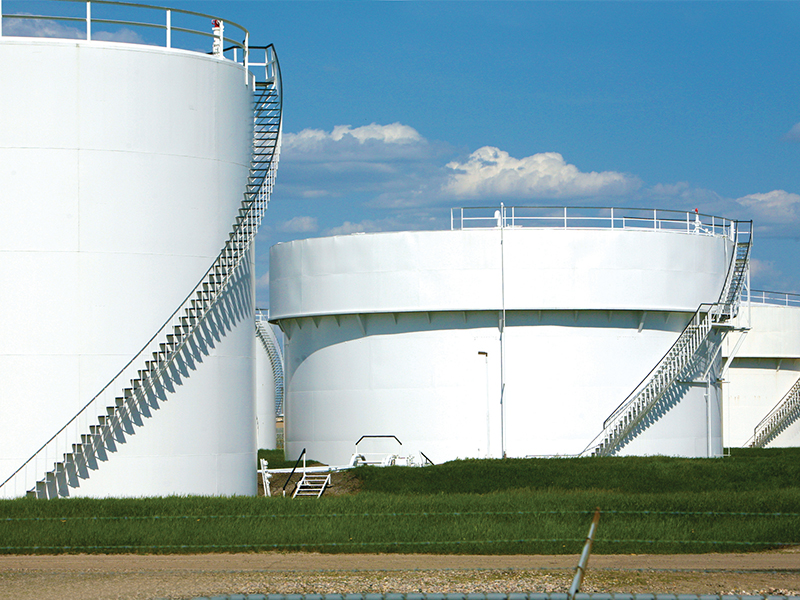What is CO2 Enhanced Oil Recovery?
Most oil fields still contain a large amount of oil after primary and secondary production methods. CO₂ enhanced oil recovery (EOR) is a process that helps extract that remaining oil by injecting CO₂ into the reservoir. This technique not only boosts oil production, but it also offers a significant opportunity to store carbon dioxide underground.
When CO₂ mixes with oil, the oil swells and becomes less viscose, allowing it to flow to production wells. This makes it easier to recover more oil and extend the life of oil fields. In all, more than 97% of the CO₂ stays permanently stored, trapped underground either dissolved in fluids, as a gas cap, or permanently bound in minerals.

Oil Fields for CO2 Storage
Oil fields are well-suited for long-term CO₂ storage because they have already proven their ability to trap fluids for millions of years. The same geological features that allowed oil and gas to accumulate also make these formations ideal for CO₂ injection and storage.
In some oil fields, multiple reservoir zones or “pools” can accept CO₂. The CO₂ can be stored in different forms, depending on the reservoir conditions and the injection strategy. Over time, the CO₂ becomes securely trapped by both physical and chemical processes.
The role of CO2 for EOR
Traditionally, most of the CO₂ used in EOR has been sourced from natural underground deposits. However, there is growing momentum to use CO₂ captured from industrial and power generation processes. This supports CO₂ as a valuable resource.
By integrating CO₂ capture and EOR, energy producers can align oil recovery with carbon management, creating a more sustainable model for fossil fuel use. However, the viability and impact of this approach can vary depending on geological, economic, and operational factors.

Life cycle analysis
Life cycle analysis (LCA) is a method used to evaluate the total environmental impact of a process from start to finish. In the context of EOR, LCA provides a way to track CO₂ emissions and storage across every stage of a project. This includes both the emissions associated with producing and using the oil and the amount of CO₂ that is captured and permanently stored underground.
A typical LCA for an EOR project is divided into three main stages:
· Upstream processes involve the origin and transport of both energy and CO₂. This can include fuel extraction (such as coal or natural gas), power generation with CO₂ capture, and the transport of captured CO₂ to the oil field.
· Gate-to-gate processes refer to everything that happens at the EOR site. This includes CO₂ injection, oil recovery, gas separation, temporary storage, and site-level emissions from operations such as venting or flaring.
· Downstream processes cover what happens after the oil leaves the site—its transportation, refining, distribution, and final use, typically combustion in engines or power generation.

Why use CO2 Enhanced Oil Recovery?
CO₂ EOR helps minimize stranded oil reserves and can generate revenue for the state by boosting production and extending the life of oil fields. In addition, EOR is eligible for federal carbon management tax credits. The tax credit for CO₂ EOR is equal to the credit for permanently storing CO₂—up to $85 per metric ton.
CO₂ injected into oil fields is now as economically advantageous as permanent storage. It reinforces CO₂ as a valuable commodity, enabling oil producers to recover more oil while generating tax-credit-supported income. Together, these enhanced credits and growing market demand position CO₂ EOR as both a financially savvy and lower‑carbon-compatible strategy for extending oilfield life.
